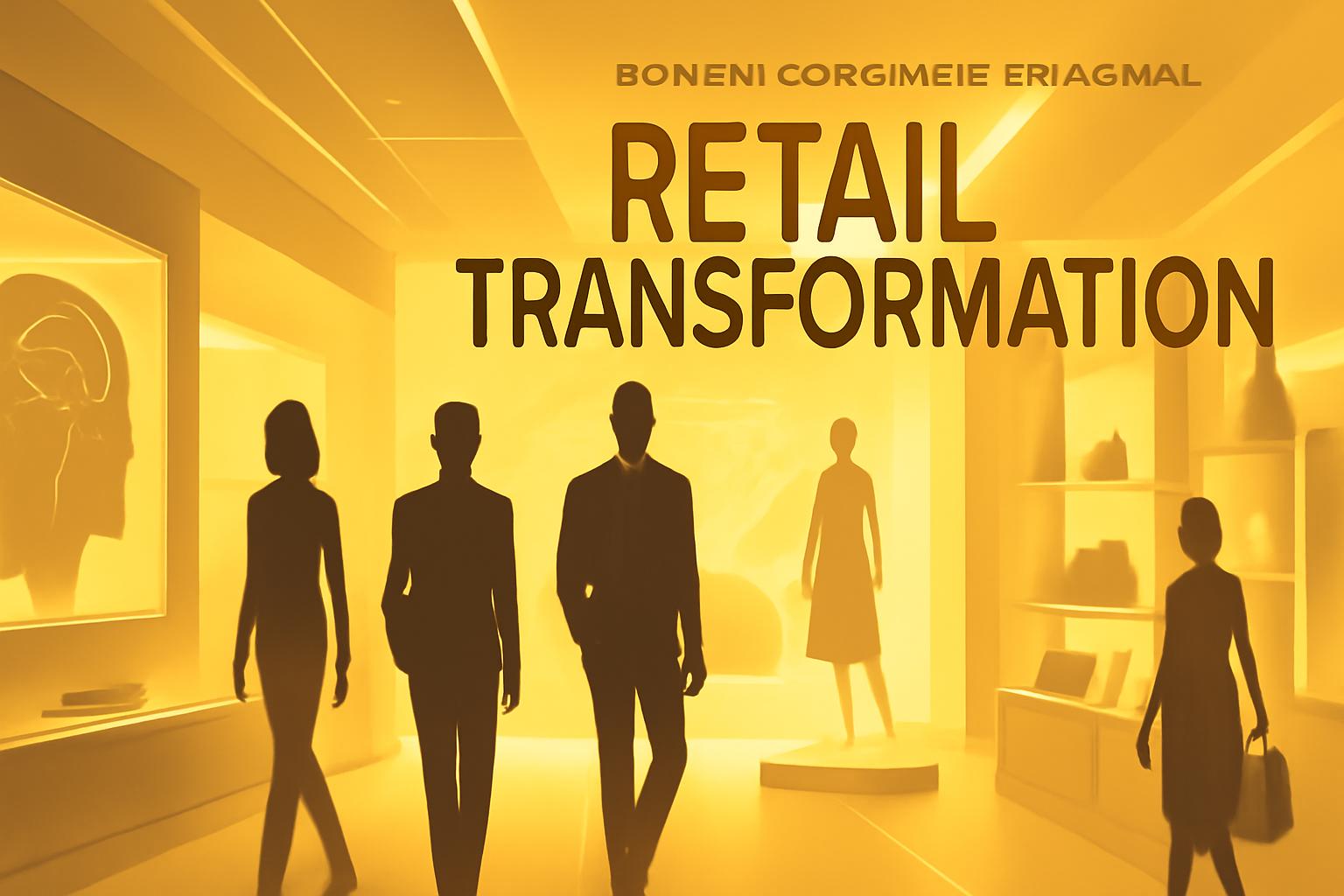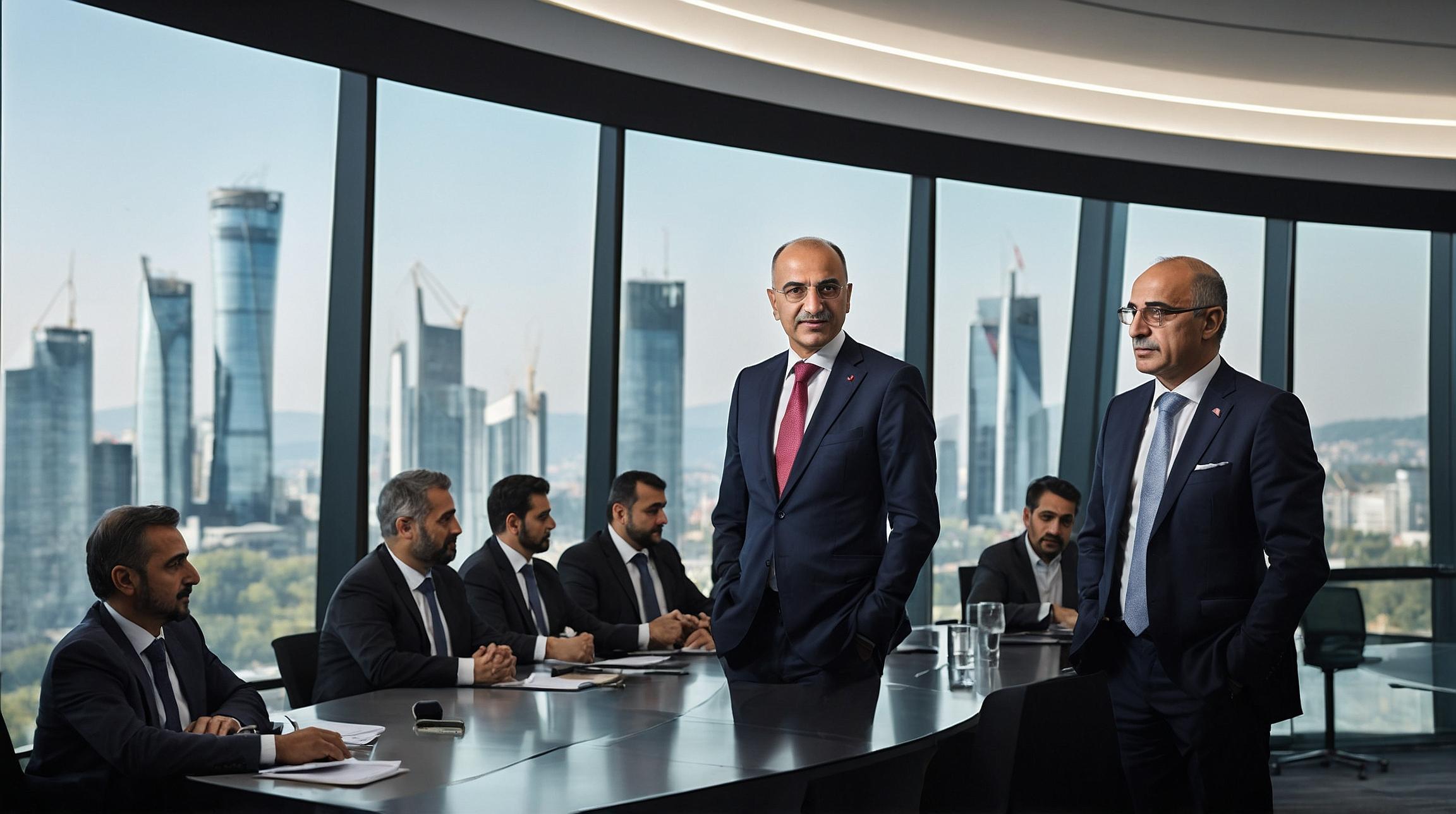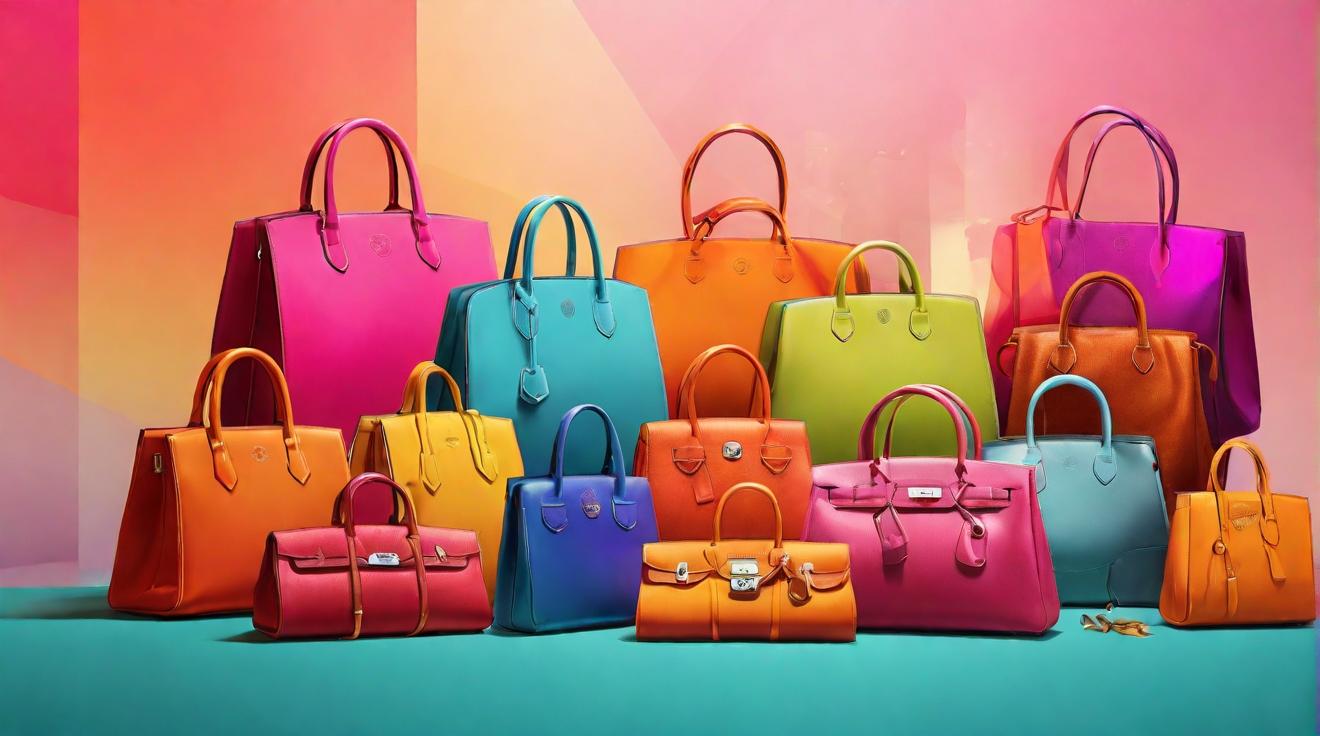Target’s Strategic Shift to Regain Style Leadership
Target is embarking on a comprehensive transformation to reclaim its status as a destination for stylish, affordable clothing and home goods. Under incoming CEO Michael Fiddelke, the retailer is blending global cultural inspirations, cutting-edge technology, and refreshed merchandising strategies to captivate shoppers once again.New Leadership, Clear Priorities
Michael Fiddelke, Target’s current Chief Operating Officer and soon-to-be CEO, has outlined three core objectives as he prepares to take the helm in February: restoring Target’s reputation for style and design, delivering a consistent customer experience, and accelerating business efficiency through technology.“When we lead with style and design, when our guests can find that unique, stylish item at an unexpected value, that’s when we’re at our best,” said Fiddelke.Revitalizing Merchandise with Global Inspiration and AI
Target’s creative teams have traveled extensively—from rodeos in Colorado to ski lodges in the French Alps and cultural hubs like New York’s Hudson Valley—to gather fresh design ideas. This global perspective has infused the retailer’s fall collections with western accents, suede-inspired fabrics, and ski lodge aesthetics. Complementing this approach is Target Trend Brain, a generative AI tool that analyzes runway images and synthesizes trend forecasts. This technology enables designers and merchants to quickly identify emerging colors, materials, and silhouettes, allowing Target to adapt more nimbly to consumer preferences.Holiday Season: A Critical Test
With nearly one-third of annual sales generated during the holiday quarter, Target is doubling its new item assortment to 20,000 products this season. Limited-time collaborations, such as those with Woolrich and Netflix’s “Stranger Things,” are designed to generate excitement and differentiate Target’s offerings in a competitive retail landscape. Despite these initiatives, Target faces significant headwinds, including a 7.6% year-over-year decline in store traffic in September and reduced customer spending, driven by economic pressures on household budgets.Innovating the Store Experience
Target is also reimagining its physical presence, notably with a new concept store in New York City’s SoHo neighborhood. Launching in November, this location will spotlight fashion-forward, unique merchandise with bold, rotating displays and a curated selection that minimizes convenience staples in favor of style and discovery. Chief Guest Experience Officer Cara Sylvester emphasized the store’s role as a statement of Target’s identity and a testing ground for new merchandising concepts that may expand to other locations.Private Brands Drive Differentiation
Target’s extensive portfolio of over 40 private brands, including Cat & Jack, All in Motion, and Good Little Garden, accounted for nearly 30% of net sales last year. These exclusive lines are central to Target’s strategy to offer unique products that cannot be found elsewhere.Refreshing Home and Hardlines Categories
While apparel is a key focus, Target acknowledges that its home and hardlines departments require significant reinvention. The hardlines category has been rebranded as Fun101, emphasizing stylish and design-centric products over bulky basics. Collaborations with brands like Marvel, Disney, Parachute, and “Queer Eye” star Jeremiah Brent aim to reinvigorate the home category, with a full redesign of the Threshold brand planned for spring.Market Challenges and Competitive Pressure
Target faces intensified competition from retailers such as T.J. Maxx, Shein, and Amazon, alongside rapidly evolving consumer trends driven by social media platforms like TikTok. This environment demands agility and innovation to maintain relevance.“You can’t stand still. If you do, you become less relevant in the age of TikTok,” said Oliver Chen, TD Cowen equity research analyst.
Outlook and Strategic Direction
Target’s renewed focus on style, design innovation, and customer experience, combined with strategic use of AI and fresh merchandising, sets a foundation for recovery. However, the company must navigate ongoing challenges including declining foot traffic, economic headwinds, and competitive pressures.FinOracleAI — Market View
Target’s strategic pivot under Michael Fiddelke highlights a concerted effort to restore its competitive edge through renewed focus on style, technology, and customer engagement. The integration of AI for trend forecasting and the launch of innovative store concepts demonstrate the retailer’s commitment to modernization.- Opportunities: Leveraging AI to accelerate trend responsiveness; revitalizing private brands to differentiate product offerings; expanding experiential retail with concept stores.
- Risks: Continued decline in store traffic; macroeconomic pressures limiting discretionary spending; fierce competition from digital-first and discount retailers.













